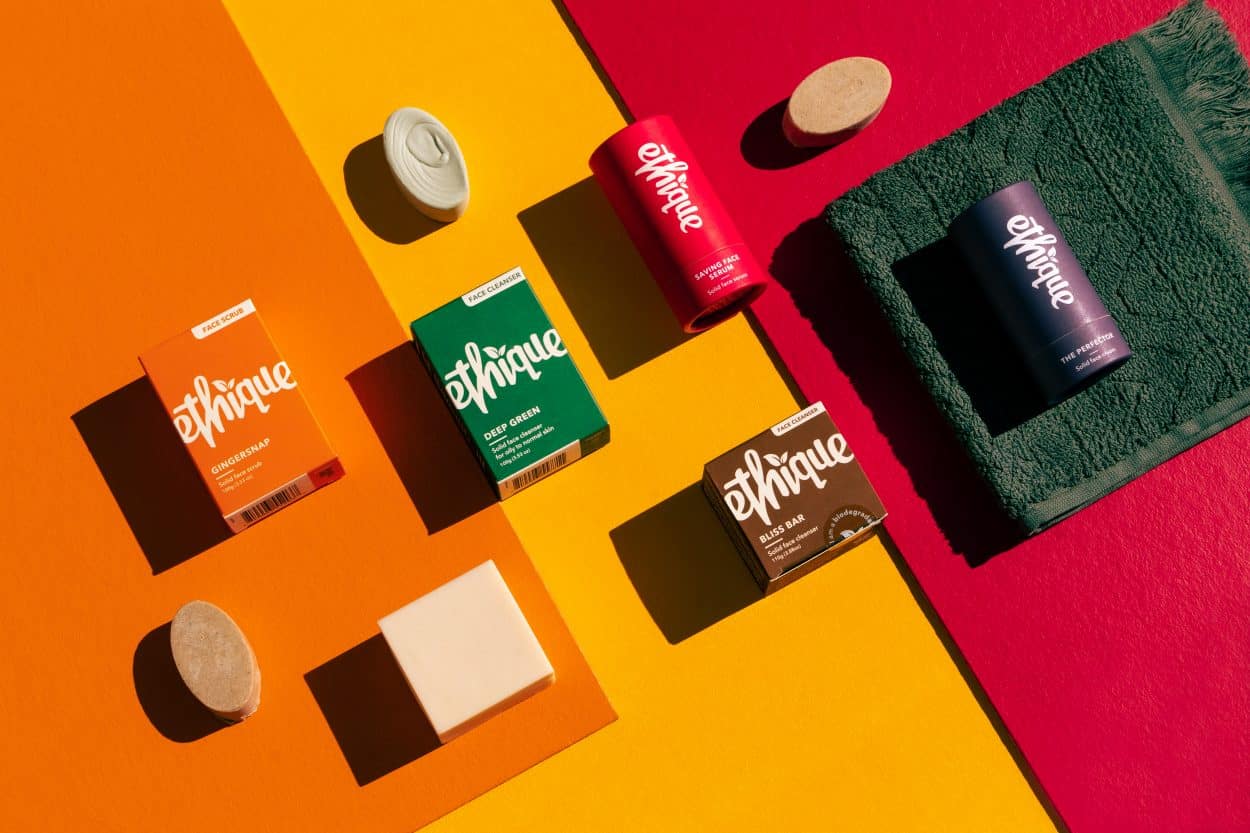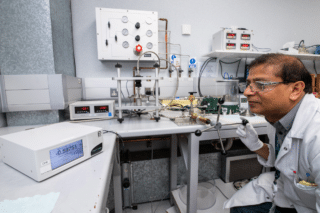From plastic pollution and other packaging waste to unsustainable, often toxic ingredients – the cosmetics industry as a whole does not have the strongest eco-credentials.
Yet, as customers increasingly demand more environmentally friendly products, and as countries strive to cut carbon emissions, chinks of green light are starting to appear.
Start-ups launched to show beauty can be eco-friendly are seeing huge growth and major players in the world of cosmetics are waking up to the realization they have catching up to do.
Accusations of “greenwashing,” suggesting products and processes have less of a carbon footprint than perhaps they do, abound in the cosmetics industry as in other sectors.
But experts are saying progress is being made – and that small steps today could result in big change tomorrow.
Dr. KP Ananth, Professor and Director of Cosmetic Science Programs, University of Cincinnati, says:
“There has been increased awareness among the major players like Procter & Gamble, Unilever, L’Oréal and others during the past decade to move towards more environmentally friendly ingredients, processes, and packaging. They are actively working towards getting to a greener world and these actions are further fuelled by changes in the global regulatory framework and the consumer demand for greener and sustainable products.”
Raising the Bar
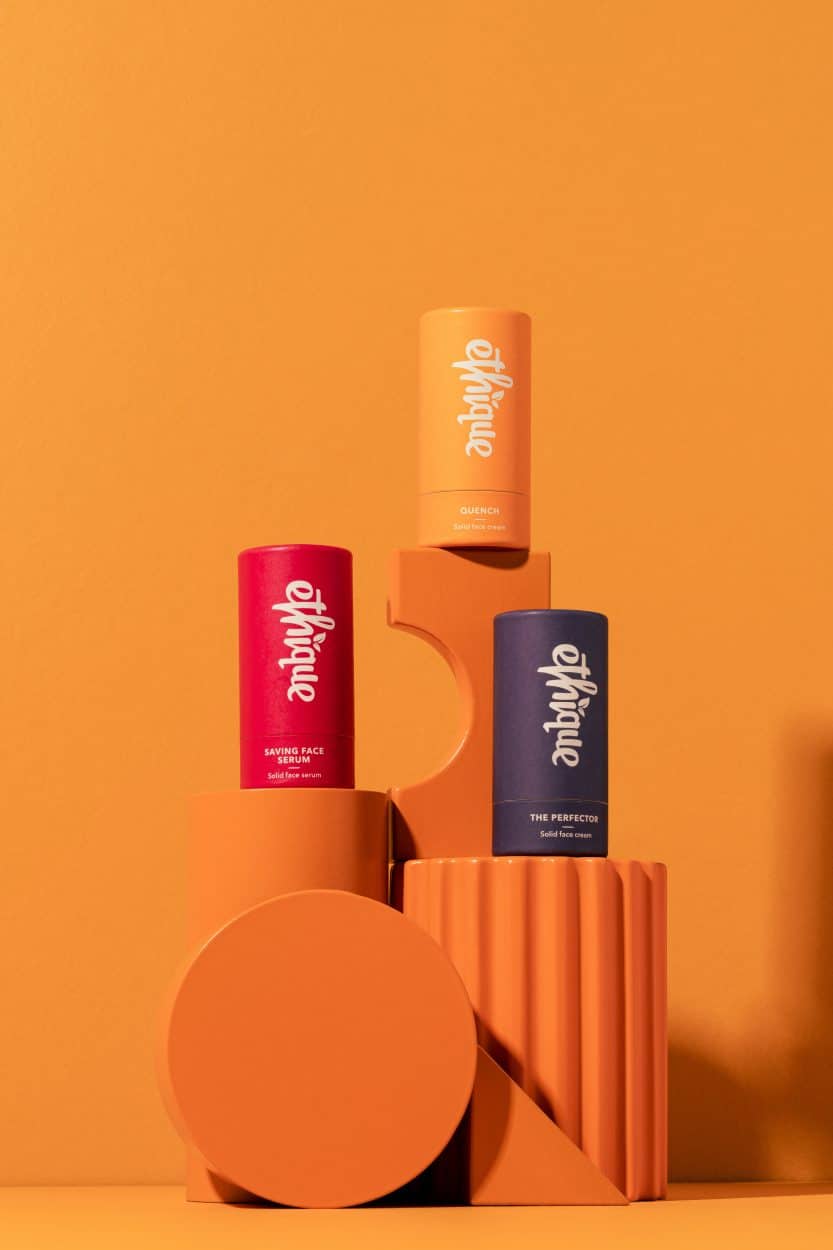
New Zealand-based Ethique, known for its bar-style products, was launched by Brianne West from her kitchen in 2012 and has seen 1,000% growth in the past three years. She explained:
“I wanted to rid the world of plastic bottles. I wanted to ensure Ethique operated as ethically, fairly and kindly – and was as environmentally friendly – as possible. That goes for everything from being climate positive to our packaging, which is all plastic-free, and ingredients that are biodegradable.”
All Ethique’s ingredients are Fairtrade, safe for humans and vegan. They do not contain palm oil, one of the most used beauty product ingredients, and one which has resulted in extensive deforestation.
All its packaging is cardboard – containing no waxes or sealants – that can be composted or recycled. Water is recycled, the waste product is reused, and manufacturing is powered by renewable energy.
“There is a real appetite today for more sustainable, more transparent, more authentic brands and you can see that in the questions consumers are asking us. You can also see it in the fact that other mainstream brands are having to do something – it is fairly apparent their consumers must be asking them the same questions.”
Packaging Problems
Finding packaging that contains and preserves the product, while also having a low carbon footprint, is a major challenge.
US-based Hynt Beauty was also established with the aim of using vegan ingredients, without risk of harm to humans or the environment.
Co-Founder Meryl Marshall, who overcame breast cancer, wanted products that were organic and free of parabens, microplastics, oxybenzone and octinoxate.
“Hynt Beauty has steadily been making improvements to its primary packaging. We have been moving over to lightweight glass bottles in lieu of plastic and we are in an extensive testing phase with PCR (post-consumer recycled) plastic. This must be performed as not all materials react well with different formulations.”
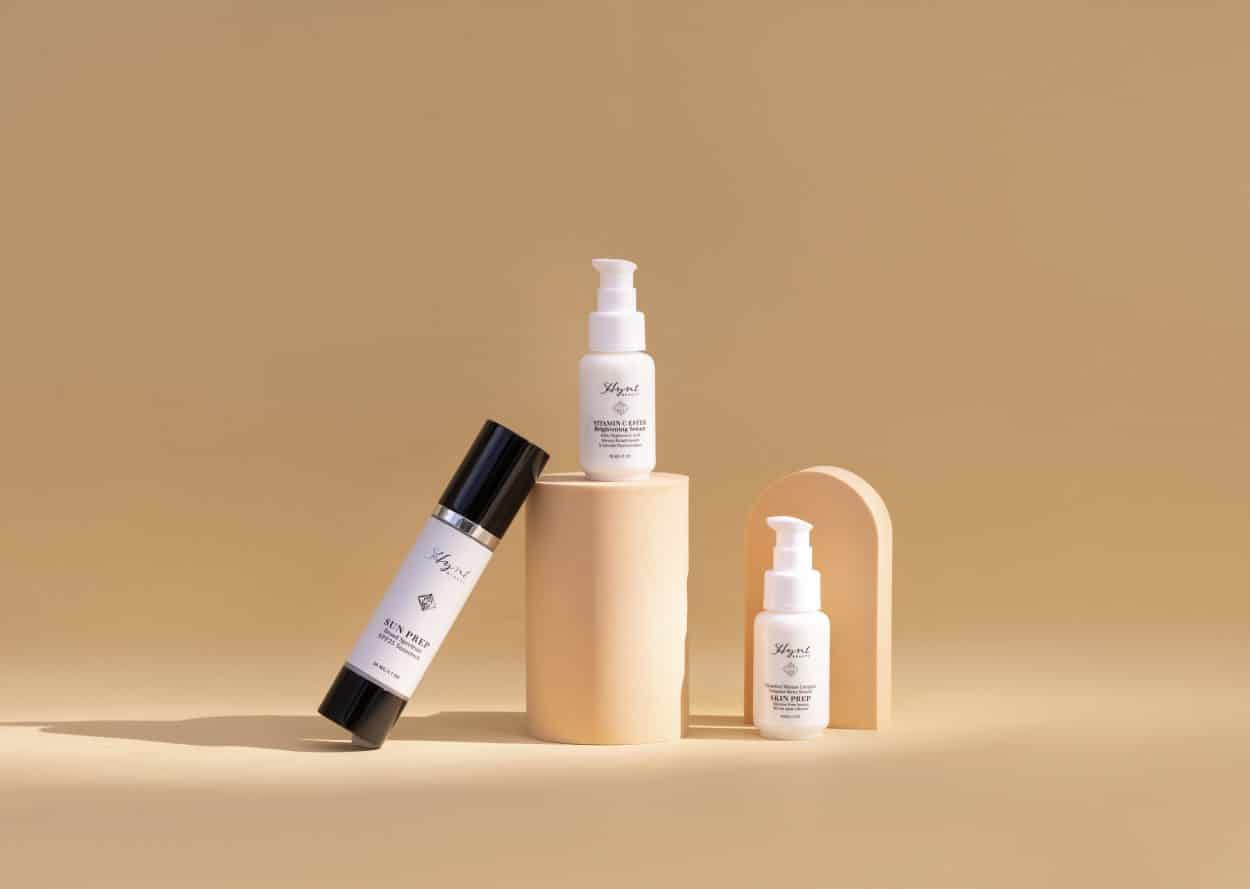
But what of the larger players?
Clarins, for example, aims to be carbon neutral by 2025, with 100% of its packaging recyclable and 100% of its ingredients sustainably sourced. And the cosmetic giant is just one of the big names to have signed up to the sustainable Packaging Initiative for Cosmetics (SPICE).
Also including the likes of Estée Lauder, Chanel, Clarins and L’Oréal among its members, SPICE’s aim is for collaboration in guiding sustainable policy and driving innovation in packaging.
Finding Alternatives
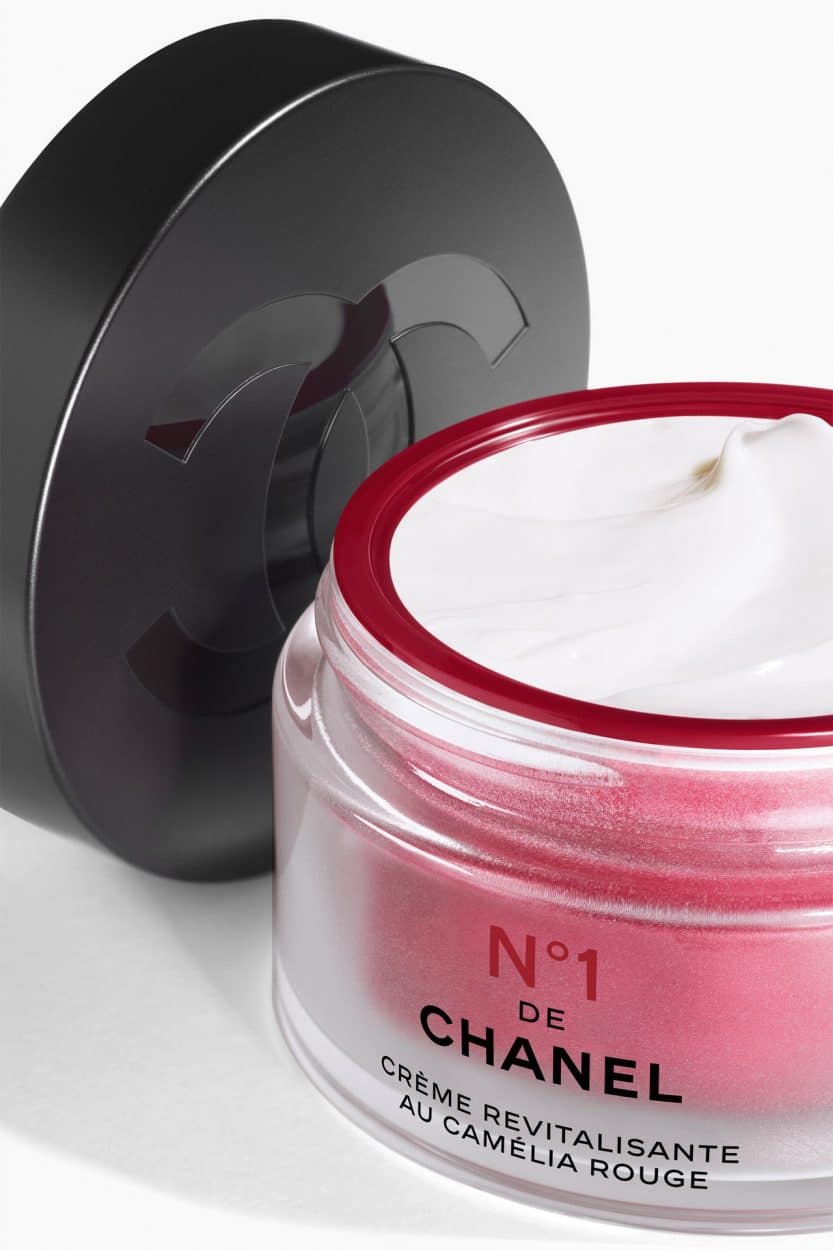
Certainly, some evidence of change is starting to emerge.
Chanel, for example, has teamed up with Sulapac, a Finland-based company that has developed a bio-based material that can replace traditional, fossil-based plastic.
In addition to having thinner glass and recyclable outer packaging, its Les Eaux de Chanel fragrance also features a Sulapac cap.
Dr. Suvi Haimi, CEO and Co-Founder of Sulapac, says:
“Chanel was our first investor from the cosmetic industry. It is definitely one of the forerunners in the luxury segment as it wants to invest in the latest sustainable material and technology innovations.”
Sulapac is made from wood chips from industrial side-streams and responsibly sourced plant-based binders, she explains.
“It has all the good qualities of plastics, but it biodegrades without leaving permanent microplastics behind, and it is industrially compostable. The switch from conventional plastics is as easy as possible. Our drop-in solution material can be mass-produced with existing plastic machinery. Furthermore, Sulapac doesn’t compromise usability or aesthetics. Companies appreciate the ceramic sound and matt finish of our premium materials.”
New Technologies
Other solutions lie in innovative processes.
US-based LanzaTech, for example, has developed a carbon recycling technology, and teamed up with L’Oréal and TotalEnergies in the production of polyethylene (PE) cosmetic bottles.
Freya Burton, Chief Sustainability Officer, explains:
“Industrial activity generates waste gases that usually end up as CO2 emissions. LanzaTech has developed a way to use these waste gases to produce ethanol via fermentation.”
TotalEnergies convert the ethanol into ethylene before polymerizing it into PE that has the same technical characteristics as its fossil counterpart.
L’Oréal then uses this PE to produce packaging with the same quality and properties as conventional PE. It hopes to be using it for its shampoos and conditions by 2024.
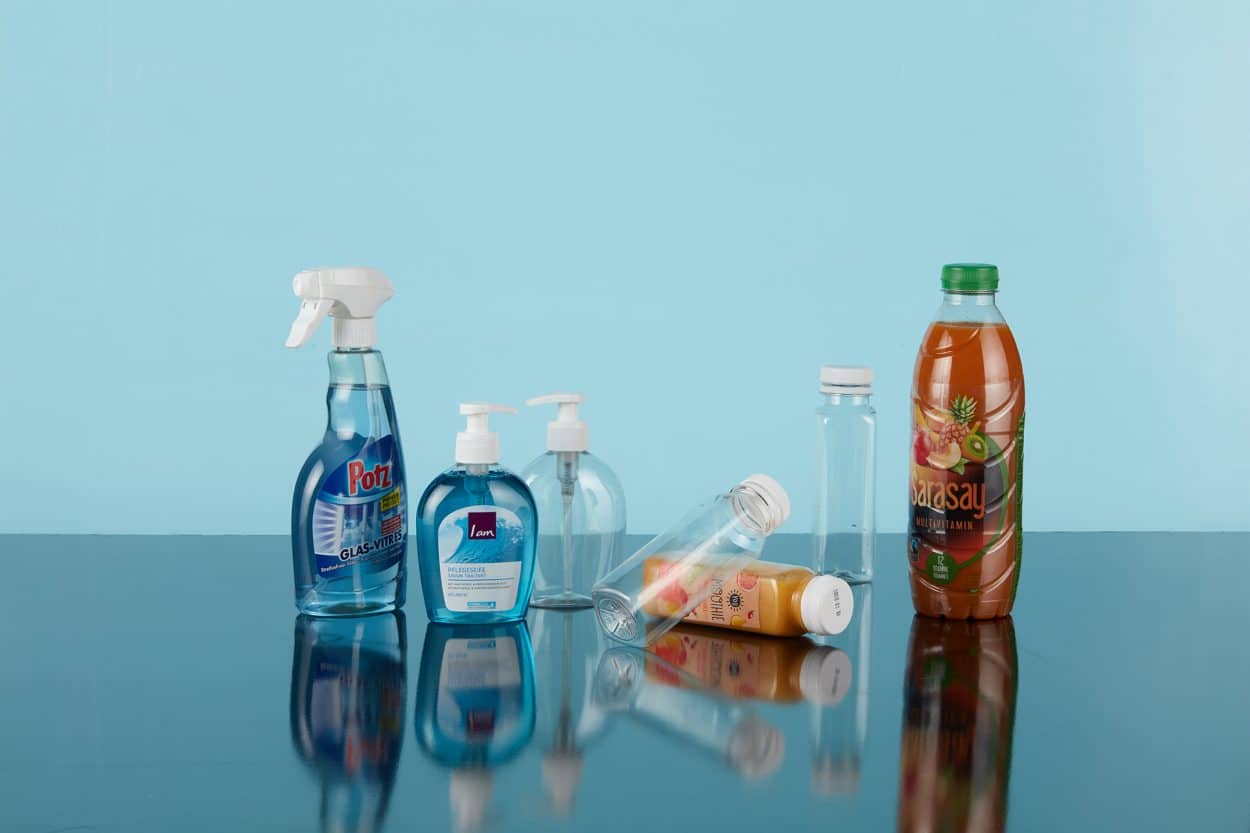
The Role of the Consumer
Kelly Dobos, Cosmetic Chemist and member of the US’s Society of Cosmetic Chemists, says the real challenge is broad-scale, long-term change in consumer behavior.
“I’ve seen a lot of great products fail in the marketplace because they sometimes don’t perform in the same way – or the added cost of natural ingredients and/or more environmentally friendly packaging – takes them out of a range that’s affordable for many consumers. These are significant barriers to changing consumer behaviors, but these challenges are also pushing us to innovate ways in which we can synthesize better ingredients and scale manufacturing solutions to balance cost.”
She adds:
“There are a lot of changes going on behind the scenes. It’s the work done by chemists and engineers that don’t make waves on social media or doesn’t fit into an Instagram tile, but it’s arguably some of the most important and impactful work.”
Collaboration is Key
Dr. Ananth is also optimistic about the future:
“Bio-sourced ingredients will become more popular in the coming years. Bio-based plastics can help reduce the waste issues associated with the conventional plastics used in packaging. For water-based products like shampoos and body washes, dilutable concentrates may become more popular as this will reduce transportation costs as well as plastic usage.”
Increased consumer awareness and their demand for change could also be the driving force that will make the industry greener.
